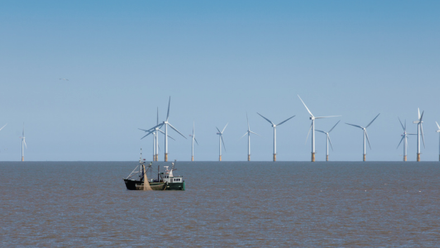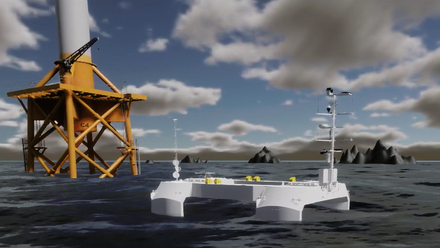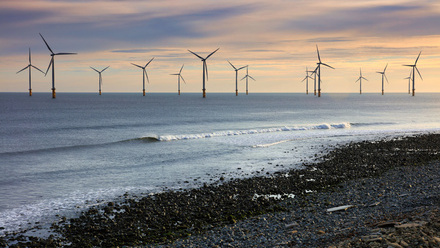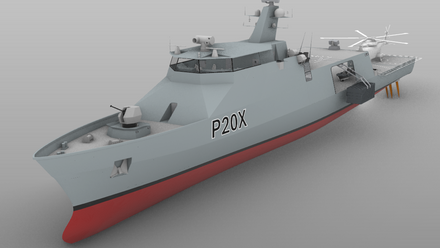New tracking system for submerged structures
An award-winning open source underwater tracking system was developed to advance maritime innovation in Australia, NZ, and the South Pacific.
As a PhD candidate at the University of Tasmania, Yi-Ting Tsou devised an underwater tracking system that overcomes complication and convention, which was recently recognised with the 2025 Laurie Prandolini Research Fellowship award (supporting early-career researchers in the maritime field across Australia, New Zealand, and the South Pacific).
The ‘Six Degree of Freedom Underwater Measurement System’ can precisely track submerged structures with seamless simplicity while offering cost-saving value for the offshore energy industry. Yi-Ting shares the story of its conception through her exploratory thinking and academic learnings.
How do you think your studies inspired you to develop your system?
During my maritime engineering studies at the Australian Maritime College, I worked on floating model experiments. These projects showed me how essential accurate motion tracking is for understanding how structures behave and for validating computer simulations. But our facility only had a system that worked above water.
That gap sparked the idea. If we could track motion underwater, we could expand the scope of experiments. I’ve always enjoyed coding and hands-on problem solving, so this challenge eventually led me to develop the system.
How does this technology work and how does it compare to similar systems?
The system uses cameras and markers to track motion underwater. It captures 2D images and calculates 3D movement from them. Because it’s open source, the algorithms are transparent, and researchers can analyse uncertainty more effectively.
Unlike systems that rely on machine learning, this approach uses traditional computer vision, which avoids the need for large training datasets and makes it easier to adapt to different environments and model shapes. That flexibility was important because I wanted a solution that could work across a wide range of experimental setups.
How is this system particularly useful for industry applications such as offshore energy?
For offshore energy projects, understanding how prototypes move underwater is critical for safety and performance. This system helps engineers predict behaviour and maintain safe distances. For autonomous underwater vehicles, markers can act as precise landing points for docking and undocking.
In terms of cost, the system uses standard cameras, which are widely available across different markets. In calm and clear underwater environments, even action cameras like GoPro can be used. The motion processing runs on a CPU (central processing unit), so there’s no need for specialised GPUs (graphics processing unit).
These two factors can help reduce the overall cost of a motion tracking system. But when very high accuracy is required, costs can rise significantly. Thus, part of my research objective is to identify the minimum equipment specifications needed to achieve acceptable accuracy and uncertainty.
What’s next after receiving the Laurie Prandolini Research Fellowship award?
The fellowship will fund camera equipment and underwater housings so I can test the system with different setups. It will also support conference attendance. I’m preparing a paper for the OMAE (International Ocean Offshore and Arctic Engineering Conference), which will be an excellent chance to share my work, learn from others, and explore new applications for this technology. I’m excited to see how this system can contribute to future marine research and industry innovation.
Discover how to apply for the next Laurie Prandolini Research Fellowship award – deadline for entry is 30th Nov 2025.
Tell us what you think about this article by joining the discussion on IMarEST Connect.
Image: preliminary test of the tracking system. Credit: Yi-Ting Tsou.






